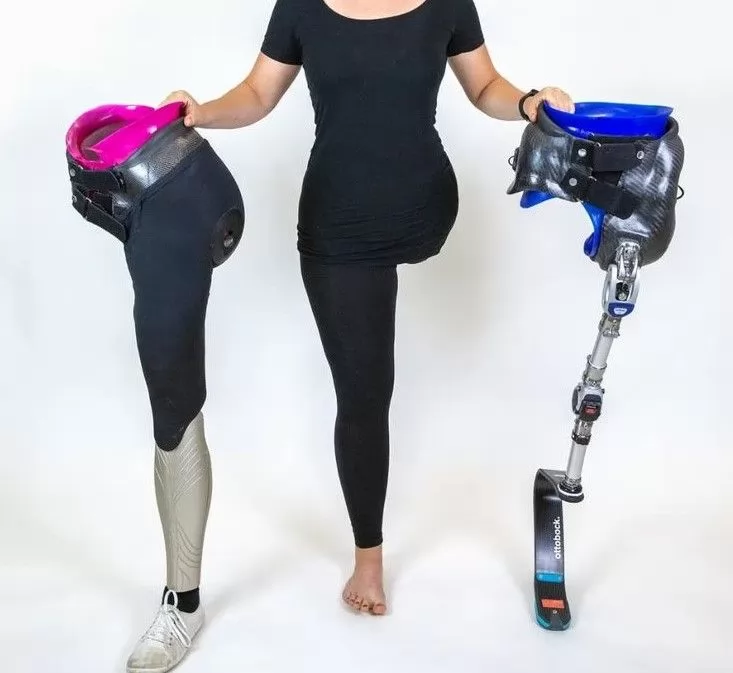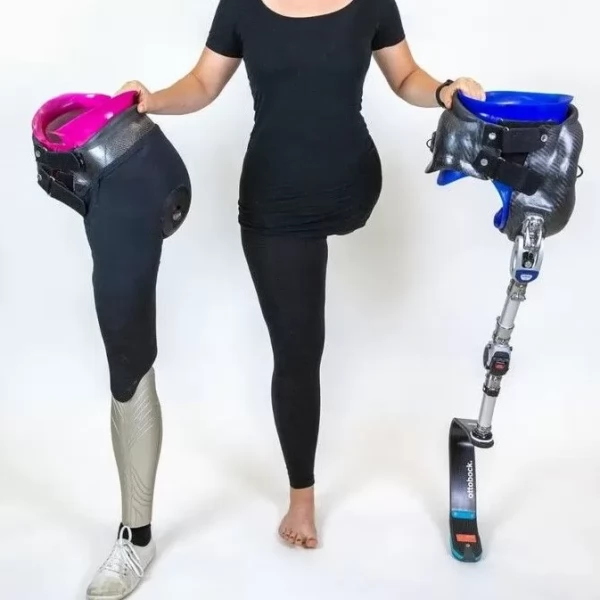Hip Diserticulation Prostheses
Product Categories
Hip Diserticulation Prostheses
HIP DISARTICULATION PROSTHESES
Hip disarticulation refers to amputations performed at the hip joint. In this case, the femur (thigh bone) and hip joint are lost. Hip disarticulation prostheses are specialized artificial limbs designed to restore mobility to users after this type of amputation.
Components of Hip Disarticulation Prostheses:
Socket: Custom-designed for the remaining body part, the socket is the primary component that secures the prosthesis. Due to the loss of muscles and tissue in the hip and thigh area, this socket is typically quite large and deep.Hip Joint Connection Mechanism: The hip joint is supported with special connectors in the prosthesis to ensure proper function. This joint can be mechanical, hydraulic, or microprocessor-controlled. Microprocessor systems can make movement more natural and improve balance.
Prosthetic Leg and Foot: Since hip disarticulation prostheses usually have a longer leg length, it is important that the prosthetic leg provides functional support. Foot components are selected according to the user's lifestyle and needs (e.g., solid, energy-storing, or sporty feet).
Advantages of Hip Disarticulation Prostheses:
Greater Range of Motion: Although the hip joint is lost, proper use of a prosthesis can enable more natural body movement.Balance Support: Microprocessor-controlled knee joint systems and special connection mechanisms allow the user to walk more stably and with better control.
Advanced Activity Possibilities: Hip disarticulation prostheses provide a high level of mobility with proper rehabilitation, enabling participation in sports and other activities.
Rehabilitation and Adaptation:
Individuals starting to use hip disarticulation prostheses enter an intensive rehabilitation process, especially in the early stages. This process includes learning correct walking and movement techniques with the prosthesis, strengthening muscles, and adapting to daily life activities. Prosthetists and physiotherapists provide personalized support throughout this period.With proper design and adequate rehabilitation, the use of hip disarticulation prostheses can help individuals return to their daily lives and physical activities after amputation.


